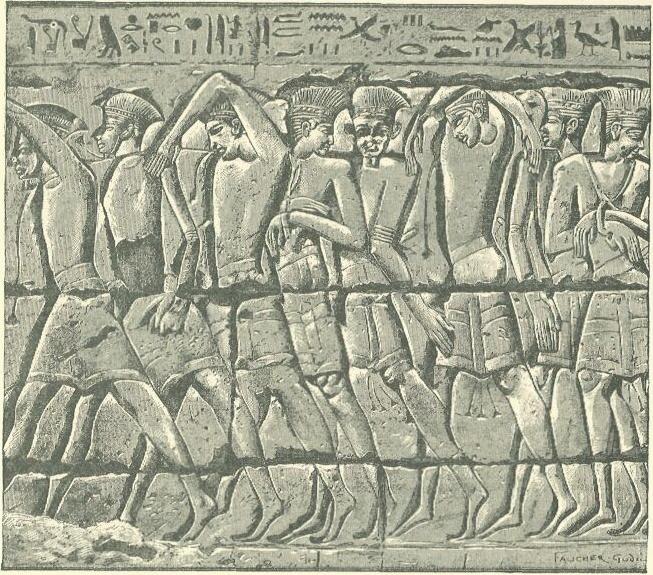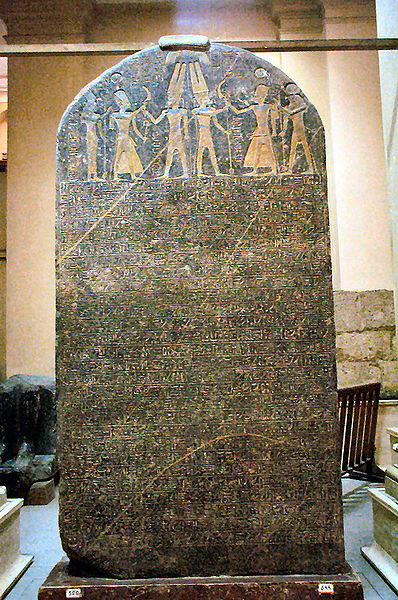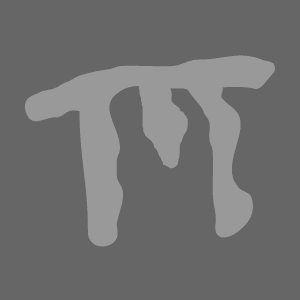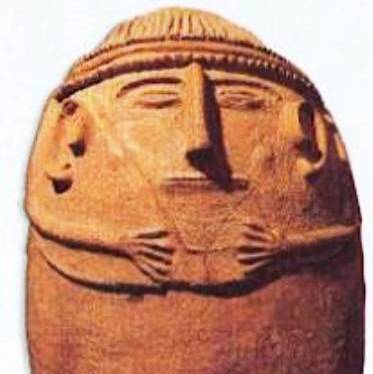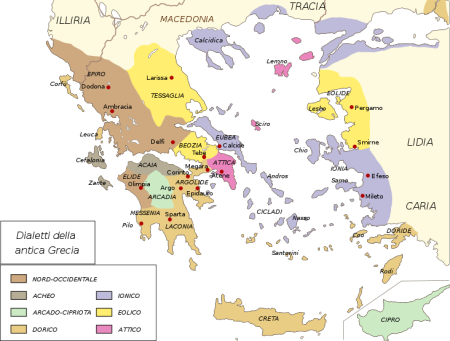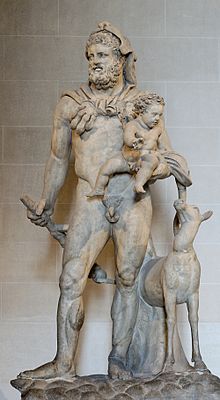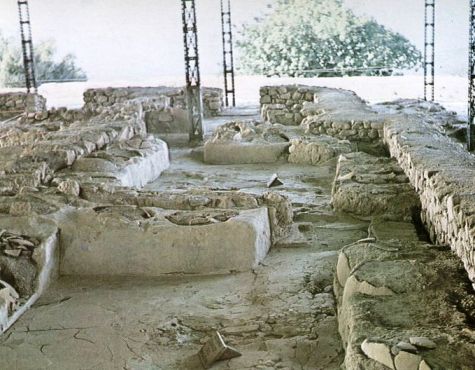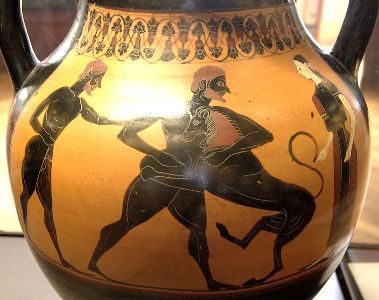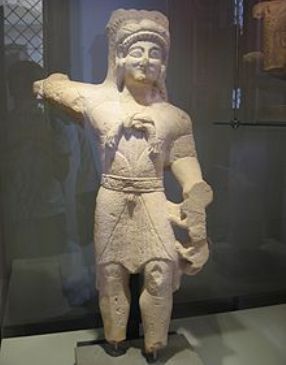|
Greece of the
twelfth century BC
was invested by a people commonly known as the Dorians, in
possession of weapons of iron.
When
, in the eighth century, the Helladic peninsula and the Aegean area
come from the obscurantism of the Middle Ages before its time, the
Dorians are stabilized in the central-southern Peloponnese, Crete,
Rhodes , and other islands of the Aegean Sea, and
a part of the Anatolian coast (the " Doris").
They
speak a dialect variant of the Greek language.
Who
were the Dorians and where they came from, is the father of all
historical and archaeological riddles of ancient Greece.
According
to the testimony of Herodotus and Thucydides, the Dorians were the "Heraclides
", ie the Asian descendants of Heracles, that circa 1100 BC
took possession of the Peloponnese, and in particular of Laconia and
Messinia, under the pretext of kinship between the greek hero and
the royal house of Argos.
Eratosthenes of Cyrene, is even more precise: the "return of the
Heraclides" would take place eighty years after the Trojan War , ie
in 1104 BC.
Most
modern archaeologists, however , considers that the invaders came
from the north of Greece, namely from the Balkan-Danubian; would
indicate the introduction of the rite of incineration, common to the
"Urnfield culture"
of
the Bronze Age
in Central
Europe.
This
hypothesis, however, is difficult to reconcile with the linguistic
data: if - as it appears logical and supported by the majority of
scholars - the Dorians came from outside of Greece, why, in
historical times, they would speak a dialect of greek?
Sporadic examples of burials and cremations, then, were already
present in the Final Bronze Age and it is not at all sure that its
generalization in the Iron Age is due to Doric populations .
f Dorians coming - on the basis that this theory - from the inside
of the Balkan Peninsula, should not
have been in possession of navigation technical knowledge.
It 'strange, then, that the first Greek colonization in the West has
been mainly Doric (foundations of Taranto, Syracuse, etc.).
More
recently seems to be spreading among archaeologists another theory:
Dorians were Mycenaean serfs who would take power after the
economic and political collapse on thirteenth century, which is why
they would speak a language of the same family of the other Greeks.
The
seizure of power by the lower classes, however, is not
archaeologically documented: at Mycenae, on the contrary, the
destruction of part of the settlement (1250 BC) seems to precede
that of the "palace" itself (1100 BC); it is also
to be demonstrated differentiation of language, albeit only dialect
but with ethnic characterizations, among the servile classes and the
aristocracy of Mycenaean Greece.
An
archaeologist who gives a different answer is the British John
Chadwick, ie the closest collaborator of the deciphered Mycenaean
writing, Michael Ventris.
After
participating in the excavation of the Anaktoron (royal palace) of
Pylos, Chadwick has publicly argued that there are consistent
indications that the invaders came from the sea and that the Sea
Peoples were the main culprits.
In fact, the hypothesis that some Sea Peoples and, mainly, greek
speakers - that is, the Teucers , the Danaans and perhaps also
part of the Pelasgians/Philistines - can be identified with the
Dorians, solves many of the alleged puzzles:
• It resolves, in fact, the linguistic data: Teucers and Danaans
were greek-speaking, and thus introduced in the countries they
conquered a language that was different from the "native" one only
for certain dialect aspects;
• It explains the name of Dorians, attributed to the invaders, as
they come, in all probability, from the Palestinian port of Dor, the
common Palestine outlet to sea of Teucers, Danaans and probably also
Pelasgians /Philistines;
• It explains the identification with Heraclides , having the Sea
Peoples introduced in Phoenicia the cult of the Mycenaean hero
Erakles, then transformed into the Phoenician deity Melqart;
•
It explains
why the first Greek western colonization has been mainly Doric:
descending from the Sea Peoples these warlike population were
definitely possessing appropriate knowledge navigation techniques;
•
It explains,
finally, the name taken from the region of Achaia, since repopulated
by the Achaeans of the south-central Peloponnese, fleeing in face of
Dorians.
The
Sea Peoples bequeathed their knowledge of navigation techniques to
the peoples of Syro-Palestinian corridor.
After
a century/a century and a half in close contact with the Sea
Peoples, the inhabitants of Canaan were transformed by breeders and
experienced sailors, such as "Phoenicians" and began to compete or
even precede the Greeks in the domination of the seas and in the
colonization of
the West. |
